|
There was a lot to harvest this week at the teaching gardens at Zilker Botanical Garden. Black Diamond watermelon, black-eyed peas, Blauhilde Pole Beans, bell, banana, and jalapeño peppers, cucumbers, burgundy okra, and a lot of herbs and warm season greens including lambs-quarter. One of our lambsquarter plants has grown into a tree (lambs whole🤪), almost 10 feet tall! We also did foliar seaweed sprays on tomatoes, peppers and plants that looked stressed from the increase of heat.
The main activity was getting our Fall Milpa (Three Sisters) planted on time with the moon calendar. We cut back the corn stalks at the base in the old Milpa beds. Since corn is a scavenger and absorbs a lot of nutrients, we revitalized the soil with mushroom compost and recycled mushroom blocks. We did the same in the Fall Milpa beds. Recycled or spent mushroom blocks contain common by-product ingredients such as wheat straw bedding, coffee chaff, cottonseed hulls, poultry manure, brewer's grain, cottonseed meal, cocoa bean hulls and gypsum. Many of these ingredients are already great organic amendments to soil. This study shows that using spent mushroom blocks as fertilizer on many plants is a viable alternative to other fertilizers and soil conditioners and should be looked at as valuable product and not simply a waste material. It is a cost effective way for farmers and gardeners to build soil health while operating in a sustainable fashion and the benefits seem to get better with time and persist long after initial application. Learn more about the benefits of adding mycelium to the soil here. |
AuthorWrite something about yourself. No need to be fancy, just an overview. Archives
May 2024
Categories |
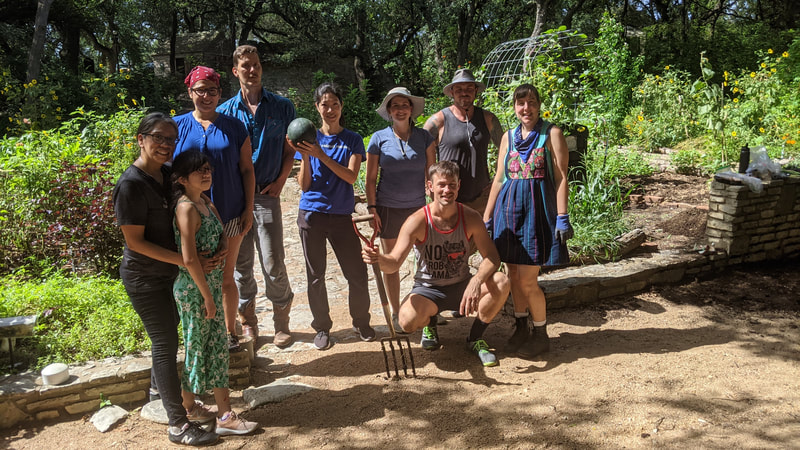
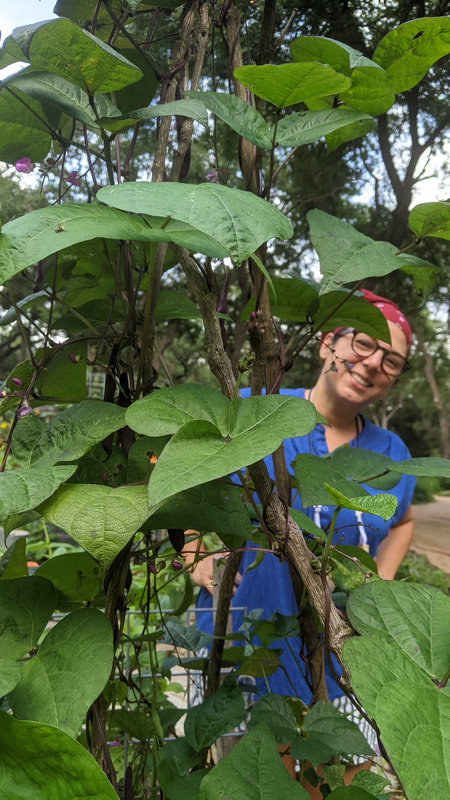
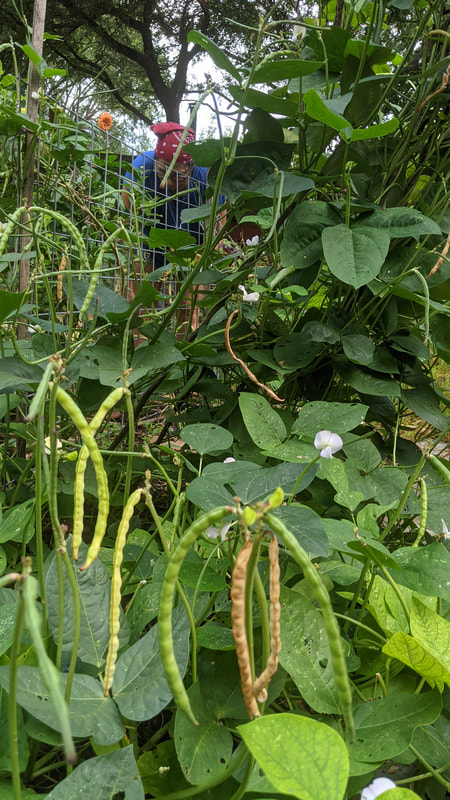
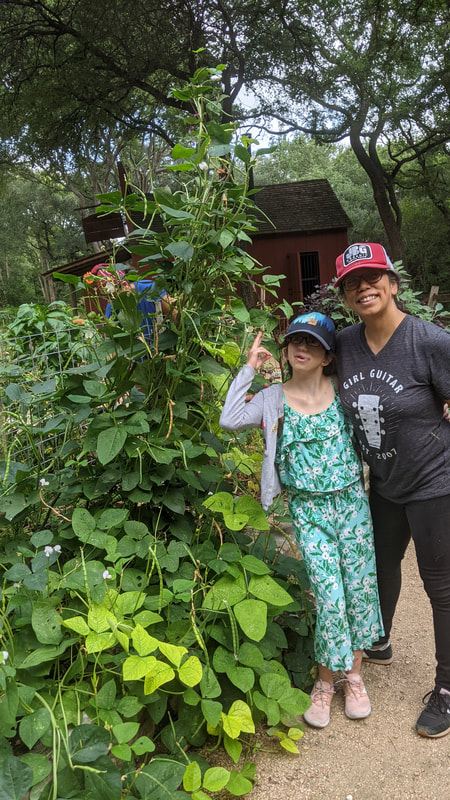
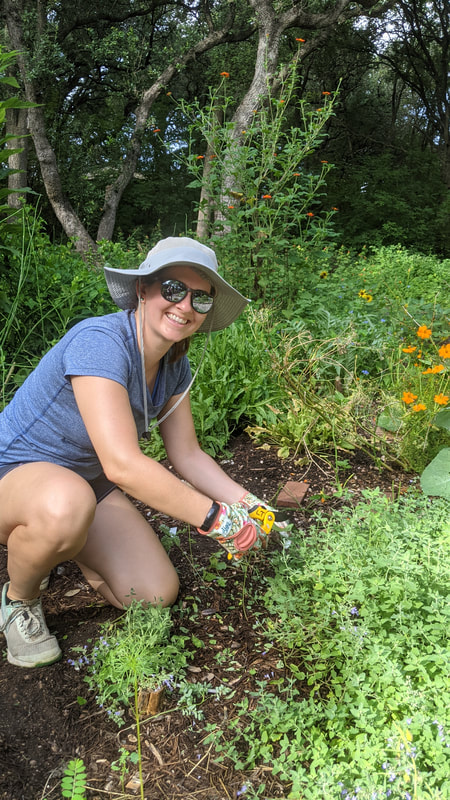
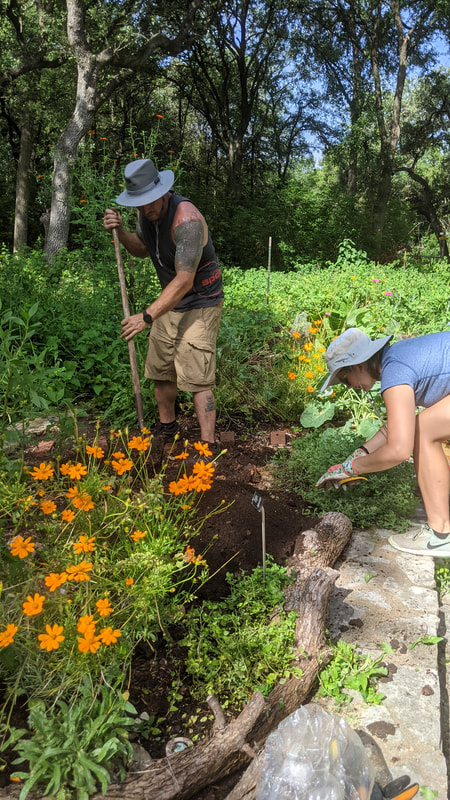
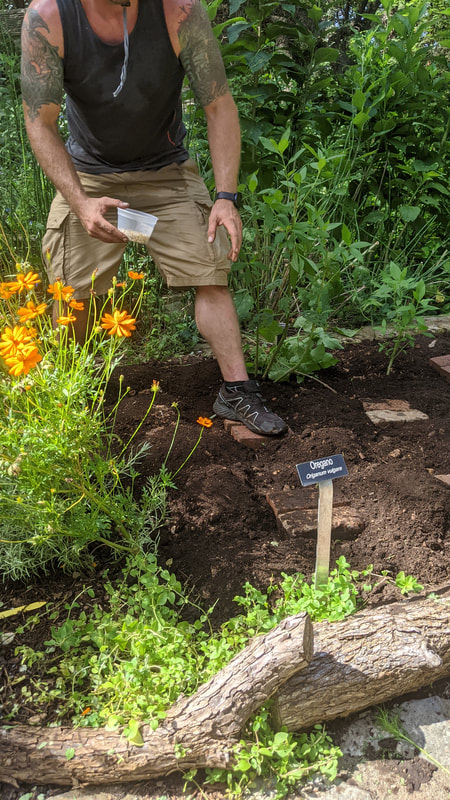
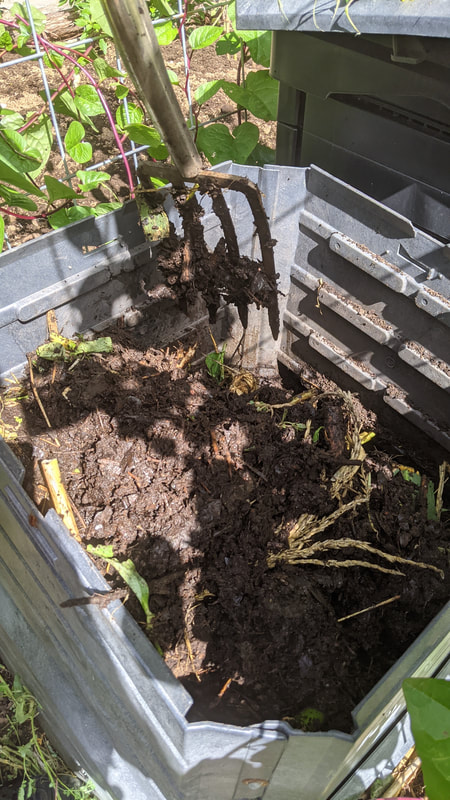
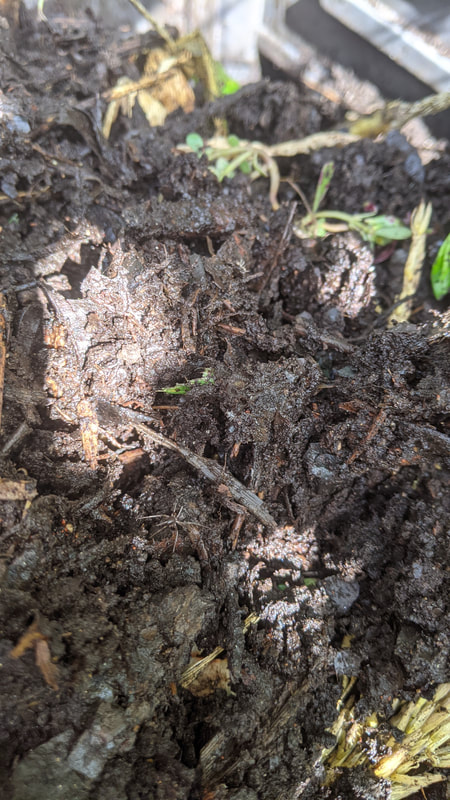
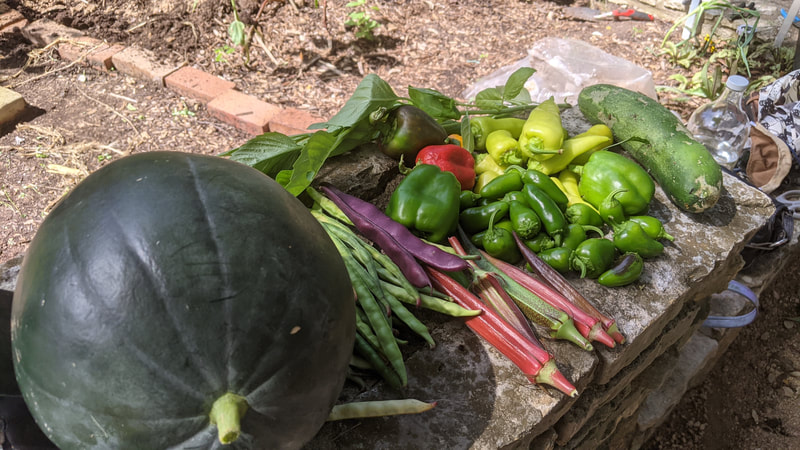
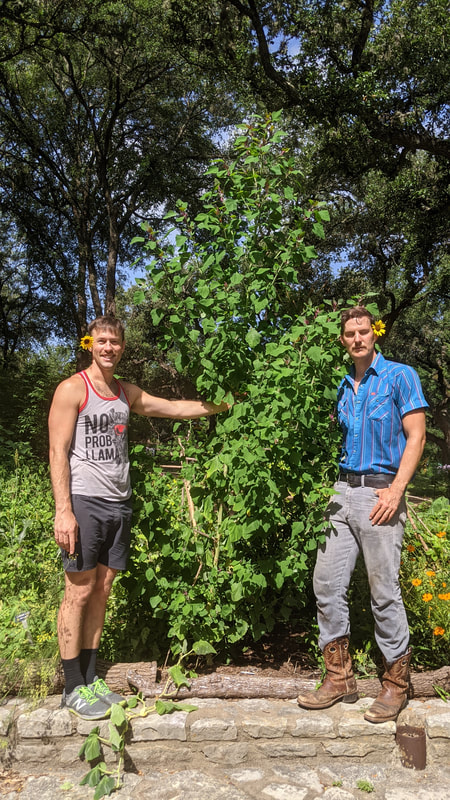
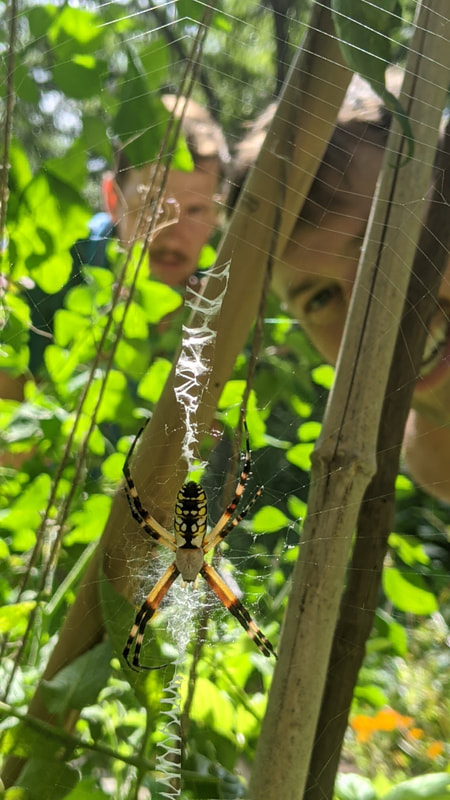
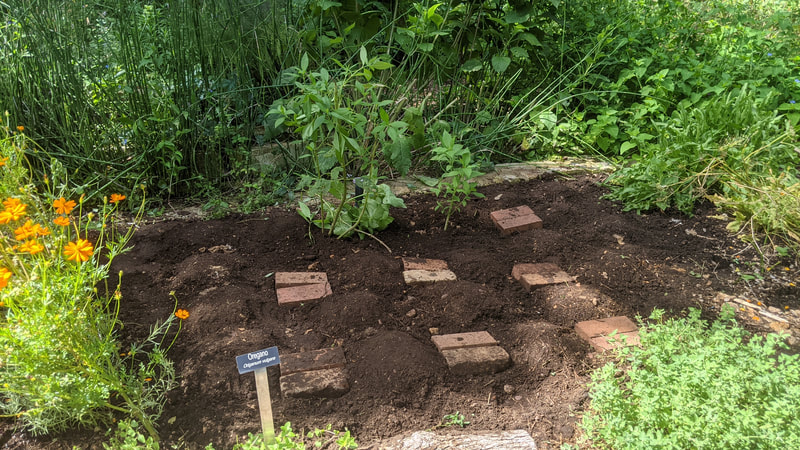
 RSS Feed
RSS Feed